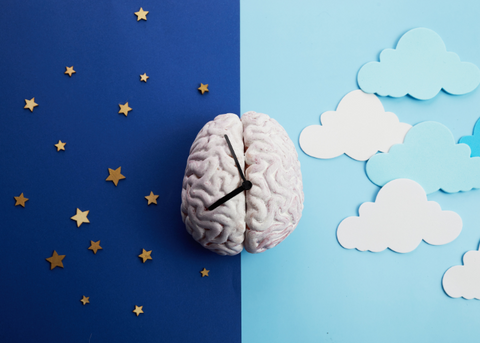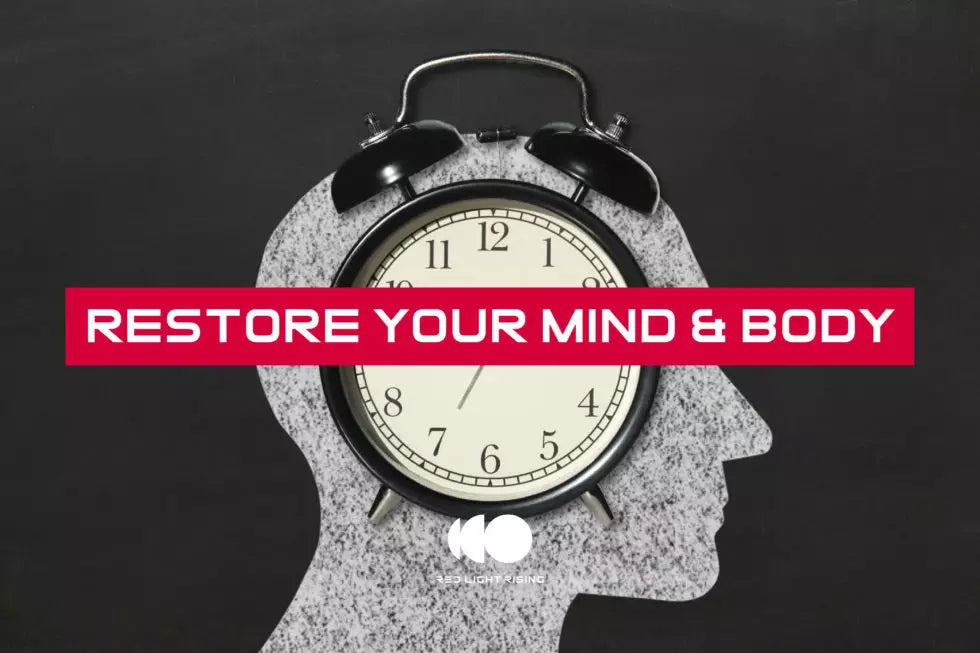Blockers: Finding Balance
In this blog, we'll explore how to find balance in your brain and body after prolonged exposure to blue light at night.
- Understanding Circadian Rhythms
- The Impact of Blue Light on Circadian Rhythms
- The Role of Blue Light Blockers
- Benefits of Wearing Blue Light Blockers
- Conclusion
Understanding Circadian Rhythms
Circadian rhythms are 24-hour cycles that are part of the body's internal clock, running in the background to carry out essential functions and processes. One of the most important circadian rhythms is the sleep-wake cycle. These rhythms are synchronized with a master clock in the brain, which is directly influenced by environmental cues, especially light.

The Impact of Blue Light on Circadian Rhythms
Modern lifestyles often involve exposure to blue light from screens and artificial lighting at night. This can disrupt the natural circadian rhythm, potentially leading to difficulties in falling asleep.
The Role of Blue Light Blockers
Blue light blockers, or glasses with specially tinted lenses, are designed to reduce exposure to blue light, particularly at night. By filtering out blue light, these glasses aim to support the natural circadian rhythm and promote better sleep.

Benefits of Wearing Blue Light Blockers
Wearing blue light blockers can offer several potential benefits:
- May support better sleep by reducing exposure to blue light at night.
- May help reduce eye strain associated with excess screen use.
- May contribute to maintaining a natural circadian rhythm.
Conclusion
If you're looking to support your natural sleep cycle and reduce exposure to blue light, blue light blockers may be a helpful tool. Creating a consistent sleep routine and incorporating blue light blockers into your evening routine can be a simple yet effective way to support your body's natural rhythms.
Discover our range of Blue Light Blockers here.
